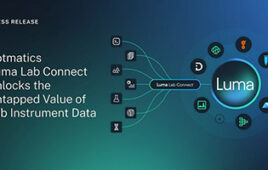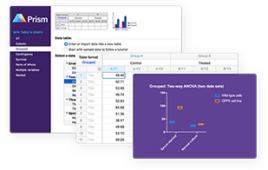 Listening to music activates large networks in the brain, but different kinds of music are processed differently. A team of researchers from Finland, Denmark and the UK has developed a new method for studying music processing in the brain during a realistic listening situation.
Listening to music activates large networks in the brain, but different kinds of music are processed differently. A team of researchers from Finland, Denmark and the UK has developed a new method for studying music processing in the brain during a realistic listening situation.
Using a combination of brain imaging and computer modeling, they found areas in the auditory, motor, and limbic regions to be activated during free listening to music. They were furthermore able to pinpoint differences in the processing between vocal and instrumental music. The new method helps us to understand better the complex brain dynamics of brain networks and the processing of lyrics in music.
The study was published in the journal NeuroImage.
Using functional magnetic resonance imaging (fMRI), the research team, led by Dr. Vinoo Alluri from the University of Jyväskylä, Finland, recorded the brain responses of individuals while they were listening to music from different genres, including pieces by Antonio Vivaldi, Miles Davis, Booker T. & the M.G.’s, The Shadows, Astor Piazzolla, and The Beatles. Following this, they analyzed the musical content of the pieces using sophisticated computer algorithms to extract musical features related to timbre, rhythm and tonality. Using a novel cross-validation method, they subsequently located activated brain areas that were common across the different musical stimuli.
The study revealed that activations in several areas in the brain belonging to the auditory, limbic and motor regions were activated by all musical pieces. Notable, areas in the medial orbitofrontal region and the anterior cingulate cortex, which are relevant for self-referential appraisal and aesthetic judgments, were found to be activated during the listening.
A further interesting finding was that vocal and instrumental music were processed differently. In particular, the presence of lyrics was found to shift the processing of musical features towards the right auditory cortex, which suggests a left-hemispheric dominance in the processing of the lyrics. This result is in line with previous research, but now for the first time observed during continuous listening to music.
“The new method provides a powerful means to predict brain responses to music, speech, and soundscapes across a variety of contexts,” says Alluri.
Citation: Alluri, V., Toiviainen, P., Lund, T., Wallentin, M., Vuust, P., Nandi, A. K., Ristaniemi, T., & Brattico, E. (in press, available online). From Vivaldi to Beatles and back: predicting brain responses to music. NeuroImage. DOI: 10.1016/j.neuroimage.2013.06.064




